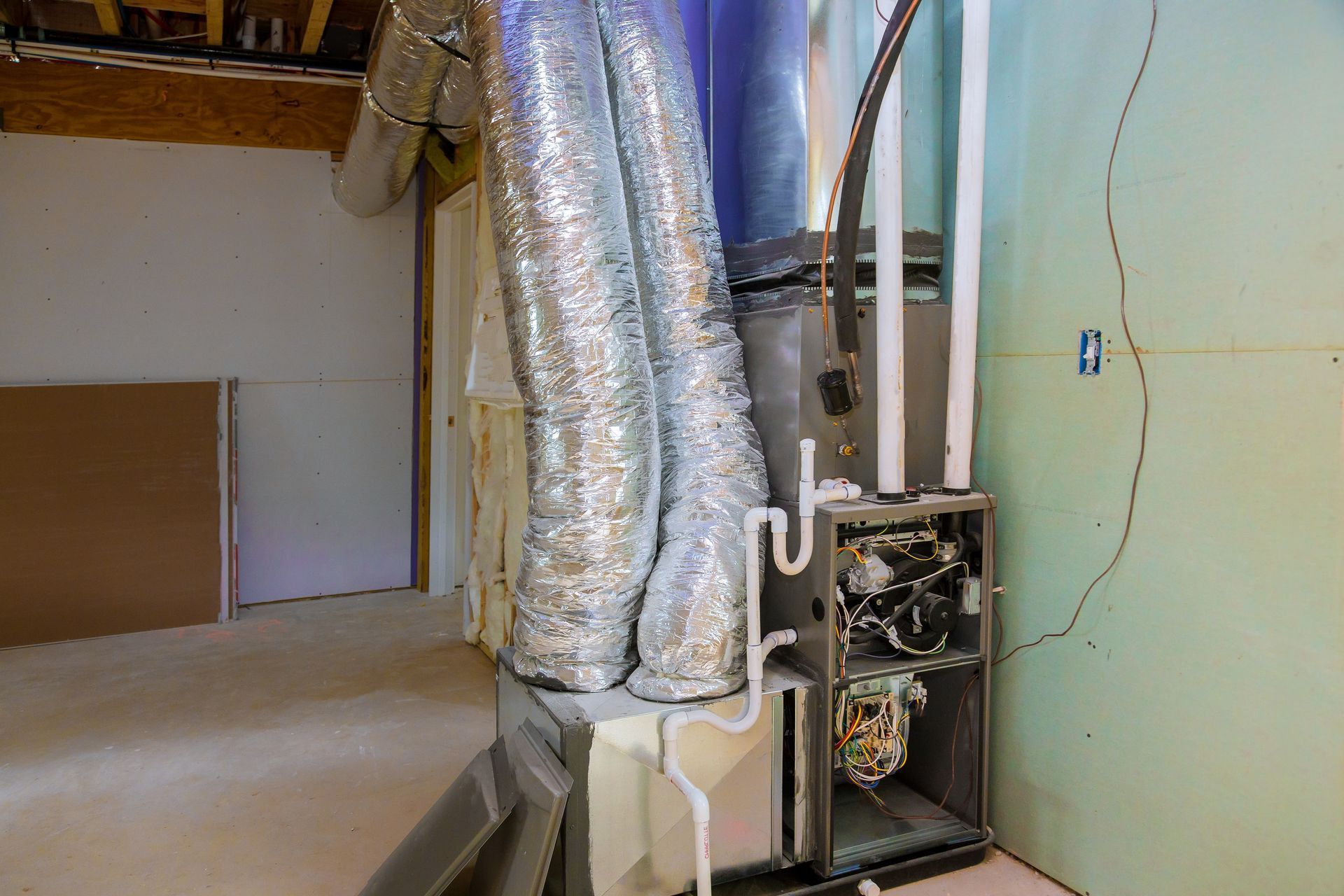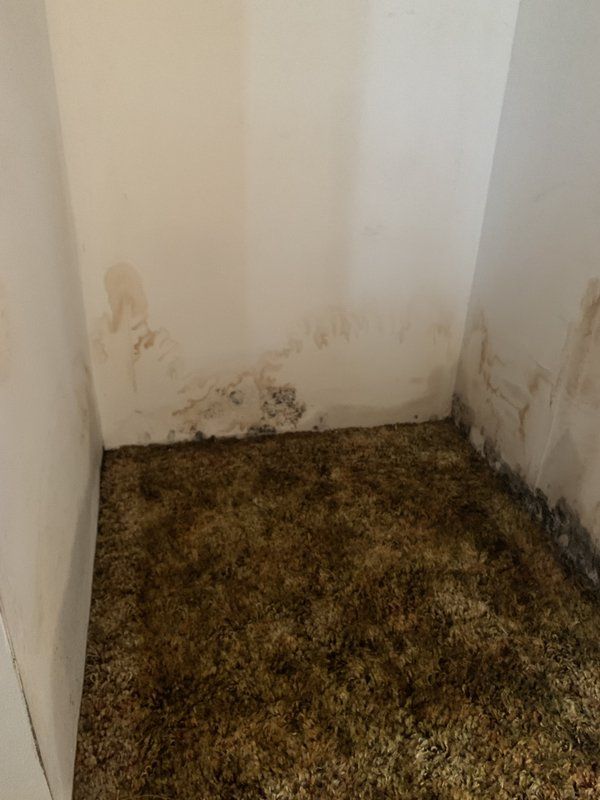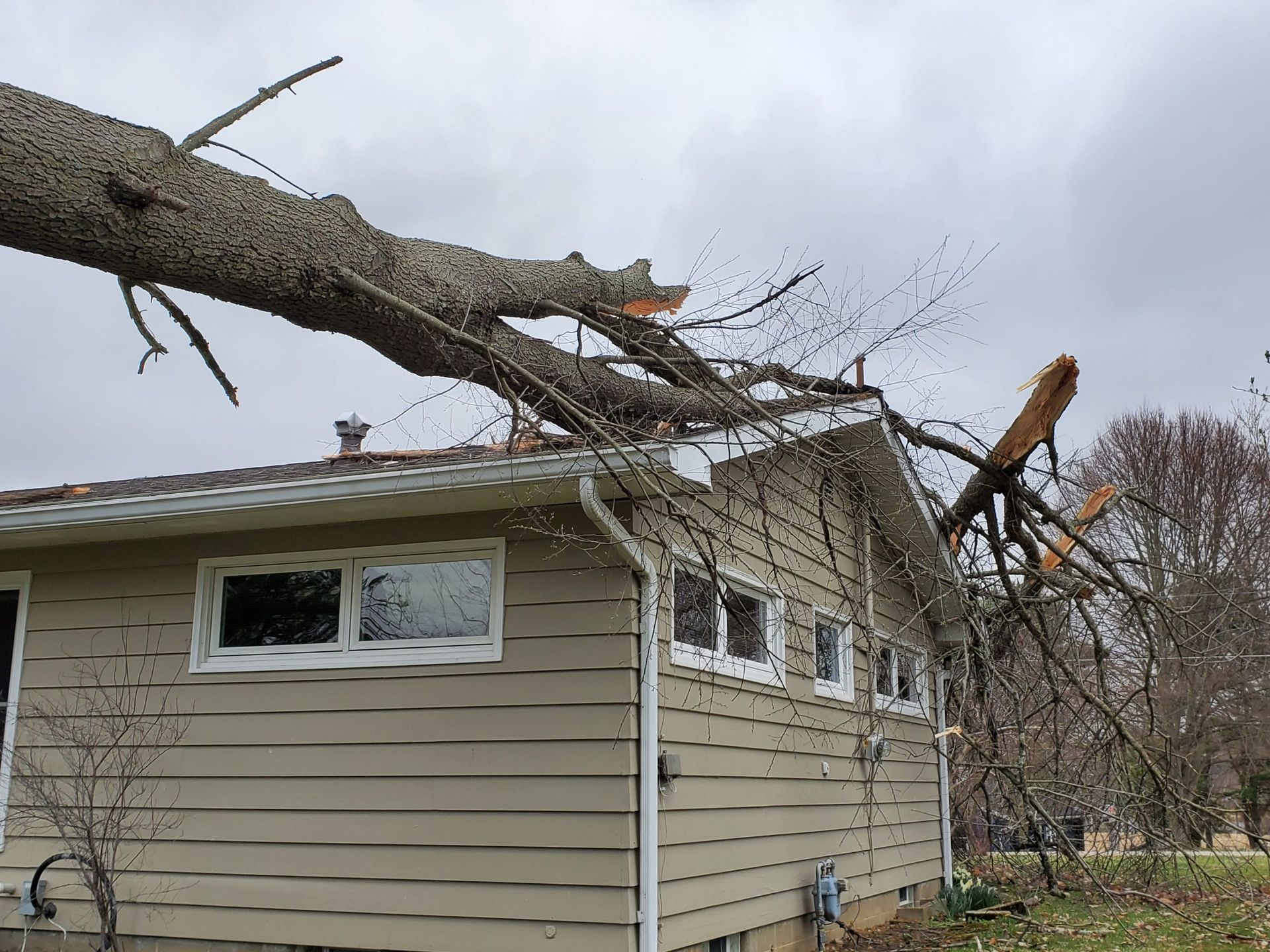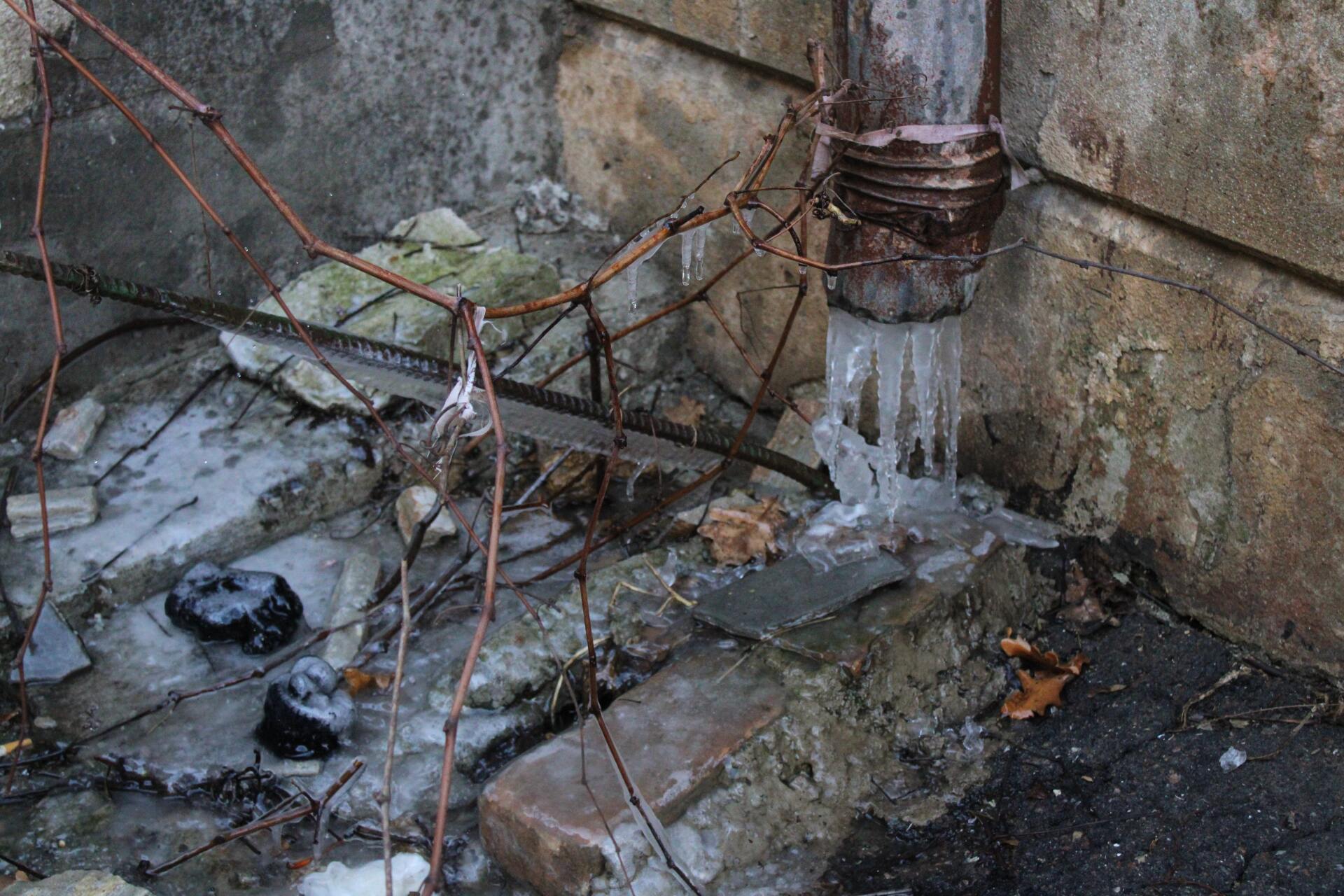
In the aftermath of a disaster, navigating the path to recovery can be overwhelming. One of the most significant, yet often overlooked, steps in this journey is maintaining a comprehensive inventory record for your home or business. An accurate inventory is not just a list; it's a powerful tool that streamlines the insurance claims process, provides a clear understanding of your losses after a disaster, and ensures you have a tangible record of your assets. Here's how to create and maintain an effective inventory log, a proactive step that can make all the difference when disaster strikes.
The Importance of an Inventory Log
A record of inventory serves as an irreplaceable asset when filing insurance claims after a disaster. It offers a clear, itemized account of your belongings or business assets, making the claims process smoother and helping to ensure you receive the rightful compensation for your losses. Beyond insurance, an inventory log helps you understand the full scope of what you own, aiding in financial planning and risk management.
Creating Your Inventory Log
- Don't wait for a disaster to strike. Begin by listing and categorizing the items in your home or business.
- Thoroughly include everything of value, from electronics and furniture to office equipment and inventory. For each item, note the description, purchase date, value, and serial number if applicable.
- Using technology, leverage apps or software designed for home or business inventory. Many platforms offer cloud storage, ensuring your log is safe and accessible from anywhere.
- Visual records, such as photographs and videos, can be incredibly helpful. They provide a clear reference for the condition and existence of your assets.
- Store receipts for major purchases with your inventory log, as they can provide proof of value and purchase date.
Safeguarding Your Inventory Log
Your inventory log is only as useful as its accessibility after a disaster. Store it in a secure, but easily accessible location. Consider these options:
Digital Storage: Use cloud-based services to store your inventory log digitally, ensuring it can be accessed from any location with internet access.- Off-site Storage: Keep a physical copy in a safe deposit box or with a trusted friend or family member outside your immediate area.
- Regular Updates: Make it a habit to update your inventory log annually or whenever you make significant purchases.
In conclusion, a well-maintained home or business inventory record is a cornerstone of disaster preparedness. It not only simplifies the insurance claims process but also provides a clear picture of your assets, offering peace of mind and financial clarity. Take the time to create and safeguard your inventory record—it's an investment in your recovery and resilience.

Why a Furnace Inspection is Essential: Winter Home Safety with Rainbow Restoration by Shrock Premier











